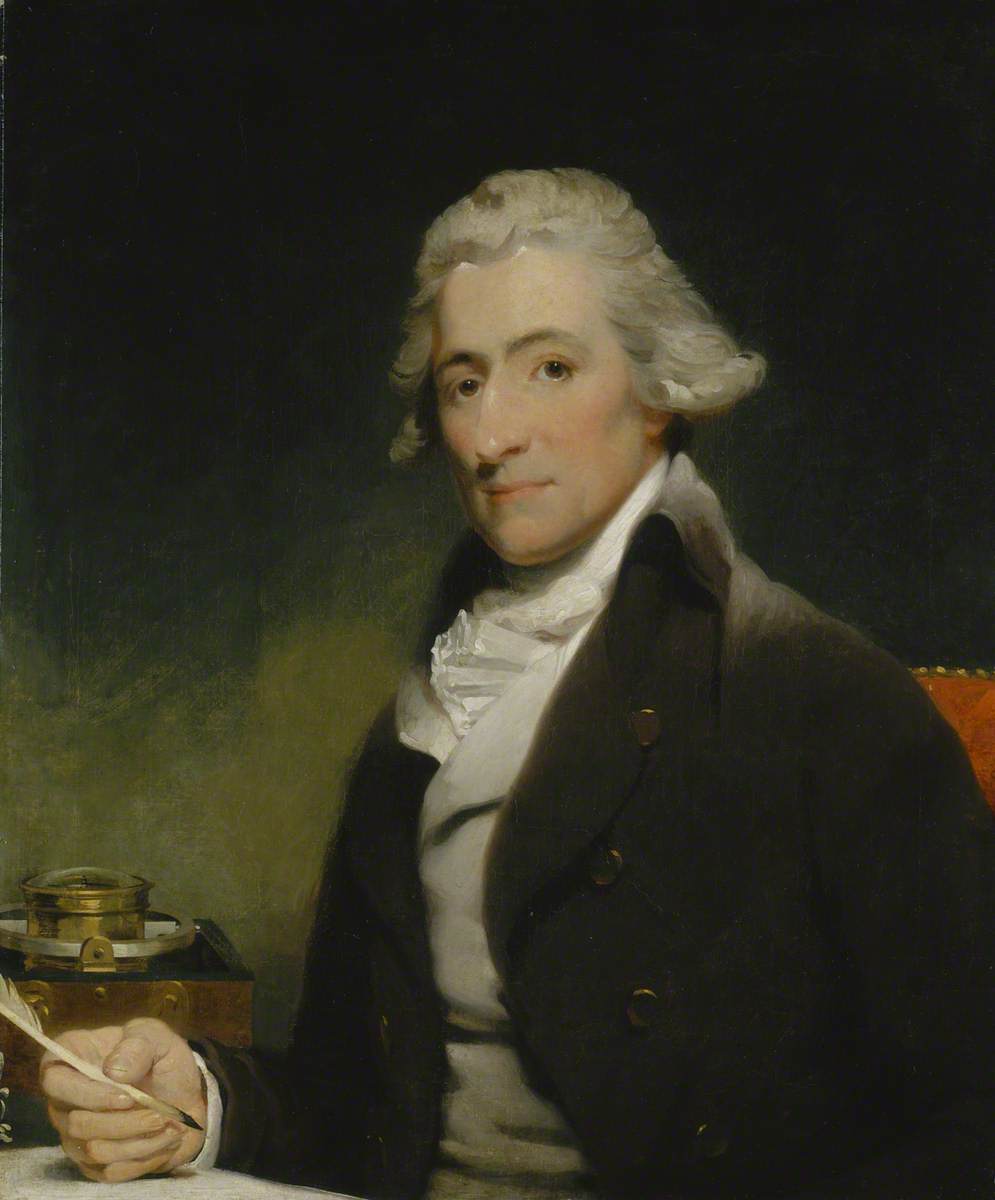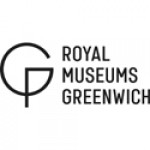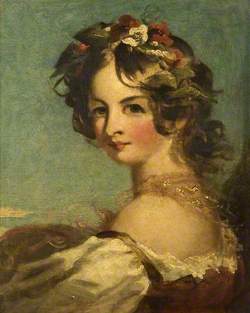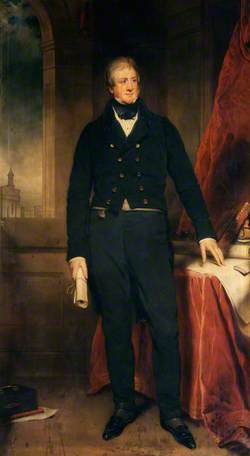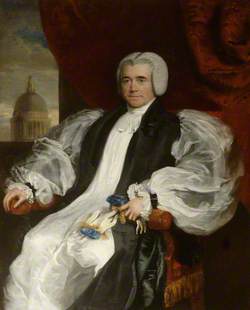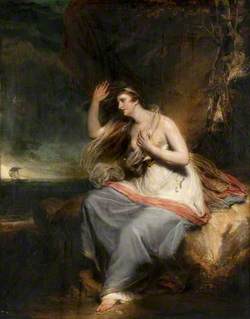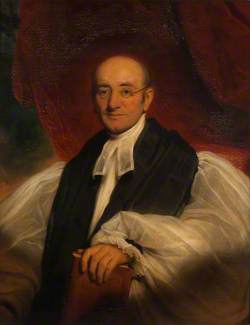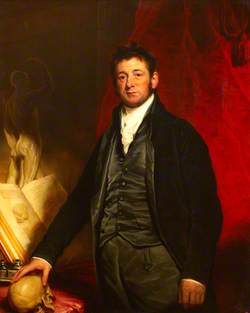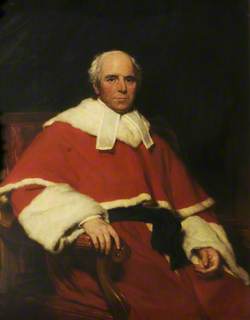How you can use this image
This image can be used for non-commercial research or private study purposes, and other UK exceptions to copyright permitted to users based in the United Kingdom under the Copyright, Designs and Patents Act 1988, as amended and revised. Any other type of use will need to be cleared with the rights holder(s).
Review the copyright credit lines that are located underneath the image, as these indicate who manages the copyright (©) within the artwork, and the photographic rights within the image.
The collection that owns the artwork may have more information on their own website about permitted uses and image licensing options.
Review our guidance pages which explain how you can reuse images, how to credit an image and how to find images in the public domain or with a Creative Commons licence available.
Notes
Add or edit a note on this artwork that only you can see. You can find notes again by going to the ‘Notes’ section of your account.
A half-length portrait to the left seated, wearing a brown coat and yellow waistcoat. His right hand rests on a table holding a quill beyond which is a standard Earnshaw-type chronometer and he faces forwards to meet the gaze of the viewer. Thomas Earnshaw was a watchmaker who improved and simplified the pioneering chronometer designs of John Harrison (1693–1776) and John Arnold (1736–1799), and who could be described as the father of the modern chronometer. He devised the spring detent chronometer escapement and his own form of temperature-compensated chronometer balance in 1782, and was the first to make chronometers that were simple and cheap enough to make them viable instruments of navigation. It was his design of chronometer which would eventually be employed in the ships of virtually every navy of the world.
Shee was born in Dublin and studied at the Royal Dublin Society. He settled in London in 1788 and his working life spanned the Regency and early Victorian periods. His early work, of which this is an example, shows a strong debt to John Hoppner and Sir Thomas Lawrence. He succeeded Lawrence as President of the Royal Academy in 1830.
Title
Thomas Earnshaw (1749–1829)
Date
c.1808
Medium
oil on canvas
Measurements
H 76.2 x W 63.5 cm
Accession number
BHC2674
Work type
Painting
